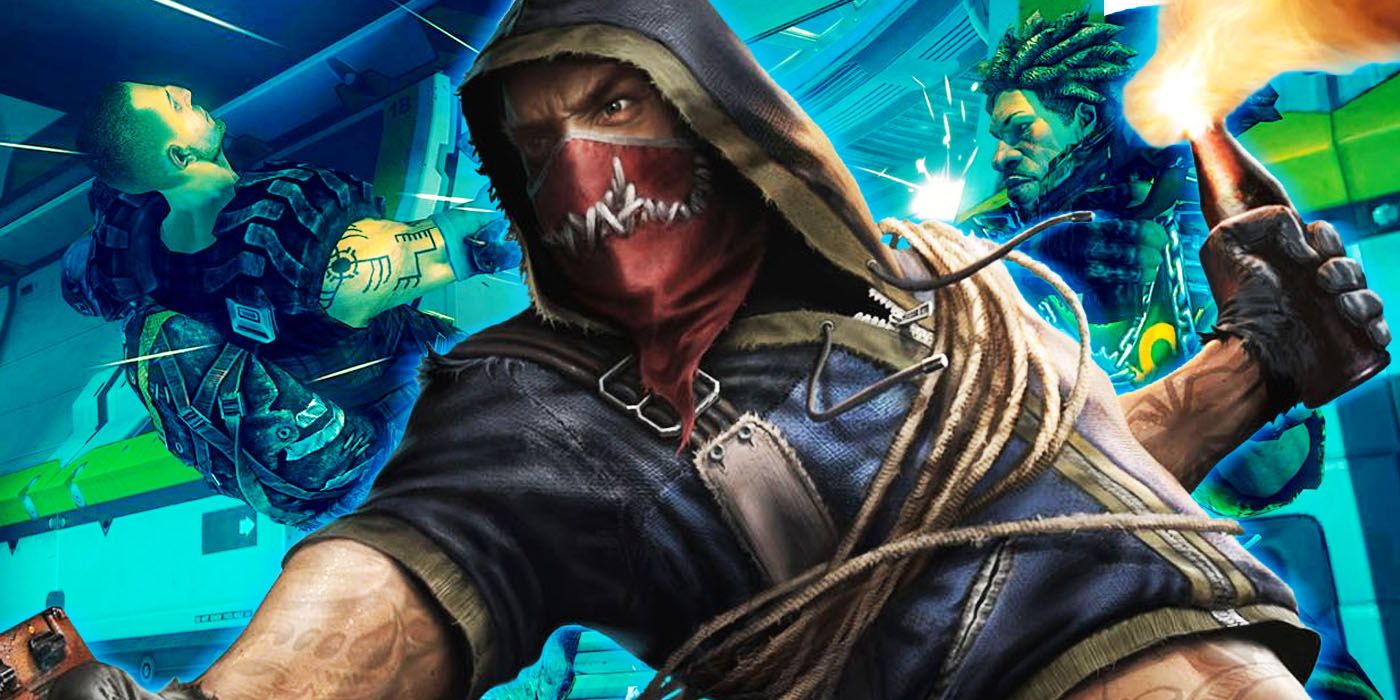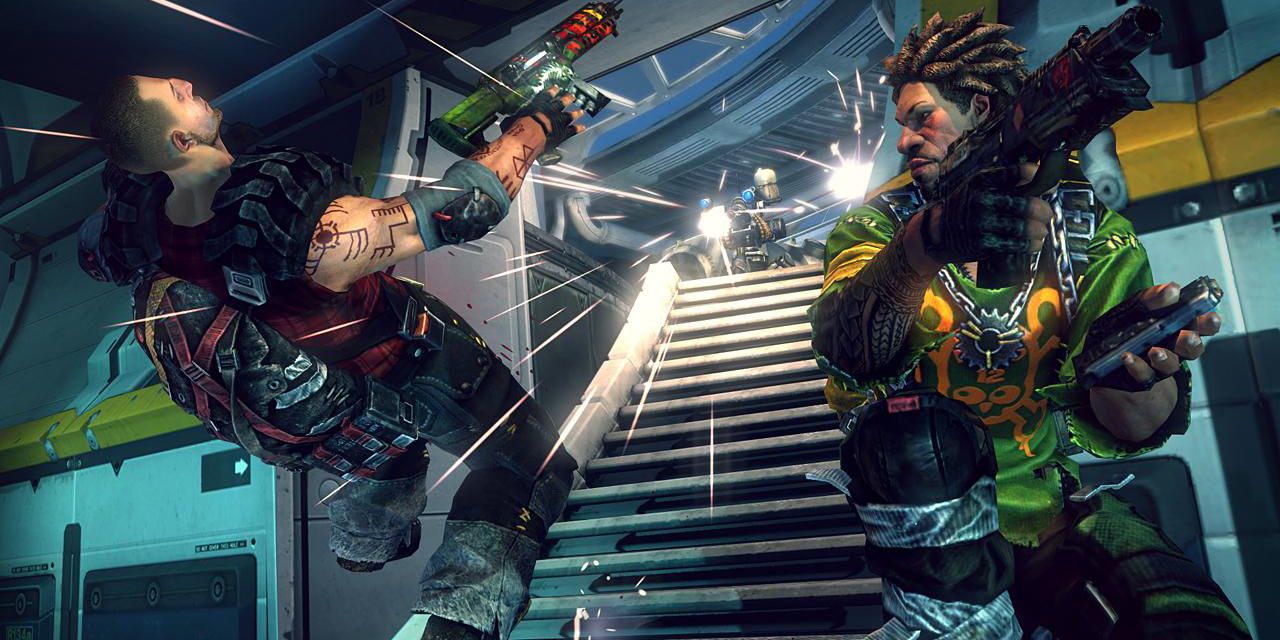The mid-to-late 2000s saw the craze of parkour sweep across the globe, a trend that game studios and developers were keen to cash in on. It was a period that saw a slew of titles incorporating free running and parkour into their central mechanics, from Assassin's Creed in 2007 to Mirror's Edge a year later.
Among the many games released to capitalize on this newfound fitness fad was Brink, a release that developers Splash Damage and hitmaking publishers Bethesda hoped would combine this new trend with another rapidly growing market: the online multiplayer FPS. With Call of Duty and Battlefield paving the way for what would become one of the most popular genres in gaming, Brink promised the face-paced combat of these behemoths combined with the freedom of movement that was now becoming the gaming norm. Even though the combination of two of the most innovative trends in the gaming zeitgeist should have been a sure-fire winner, Splash Damage's ambitious experiment ultimately never took over the way the studio hoped it would.
Brink's action took place above the remnants of a flooded Earth in a futuristic fallen utopia known as The Ark, on which two rival factions, the Resistance and Security, battle it out for resources in an increasingly fractured and polarized society. While the game did offer an offline single-player mode, its lack of a proper campaign meant that the main focus was always on online multiplayer action.
Key to this action was the SMART system, Splash Damage's revolutionary terrain traversal program that stood for Smooth Movement Across Random Terrain. The SMART System was meant to be the primary means by which players could run, jump, slide and free run their way across Ark. While games such as Mirror's Edge boasted more elaborate movement systems, SMART was designed as automatically adaptive; a single button push allowed for seamless traversal without needing complex inputs. With four main character classes (Medic, Engineer, Operative and Soldier), players also had a choice of play styles that would correspond to the various classes available.
The signs for Brink all pointed to a barnstorming release that would shake up the established FPS order and give players everything they could want in a title. Promising fast-paced action with expressive parkour, all infused with the heady, glistening art style that adorned much of the game's promotional material, the hype for Splash Damage's 2011 debut was palpable.
The result, however, was a game that, instead of effortlessly scaling the highest heights, ultimately fell flat. While review scores were still reasonably acceptable and sales were strong, there was always a sense that Brink had failed to live up to the hype. The game seems to be missing many standard features that fans of AAA rival franchises had come to expect from the industry's major players. Brink only featured eight multiplayer maps on release, which, coupled with a paltry four classes, felt severely lacking. With no clan support, no game lobbies, an ugly HUD and a confused and muddled progression system, Brink gave off the immediate impression of a title that wasn't quite finished when it made its full debut.
The overwhelming sense remained that the parkour shooter had tried too much but failed to meet expectations in almost every department. While the idea of combining parkouring and shooting seemed like a tantalizing one, neither mechanic could live up to the hype, never gelling properly and always feeling like they'd be done better in other titles. Added to this is that most maps seemed to discourage parkour due to their poor layouts and mediocre design, and Brink often became just another FPS with middling and unrewarding combat.
None of this was aided by the bane of modern gaming: glitches. The trend for hurrying out buggy, unpolished games has only accelerated into the 2020s, but Brink managed to be a relatively early example of a release drowning in bugs and technical issues right out of the gate. The game's AI would often become utterly unresponsive or have no clue what to do next, ruining immersion and adding to a sense of a rushed, unpolished release.
Splash Damage's ambitious parkour title had a lot going for it, its vision and boldness worthy of admiration in a market already at risk of becoming soulless and exploitative. With expectations so high and the final product so patchy, however, Brink ultimately became a victim of its own hype. Despite recording decent sales numbers, the game could never shake itself from the malaise of disappointment, and a sequel never materialized. In a market dominated by huge AAA titans, Brink could never quite rise above the rest to make a name for itself.




